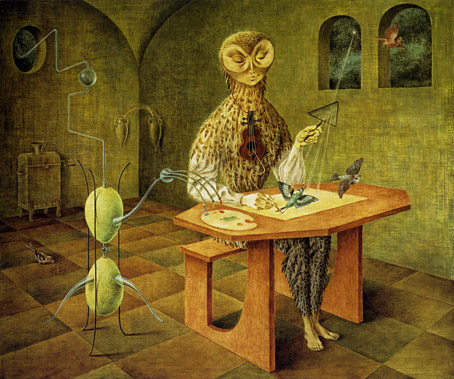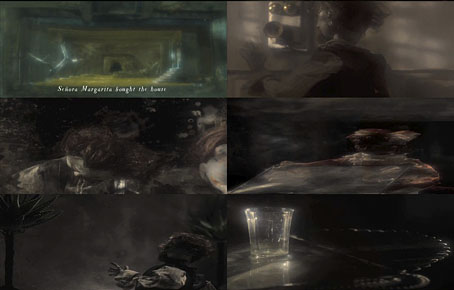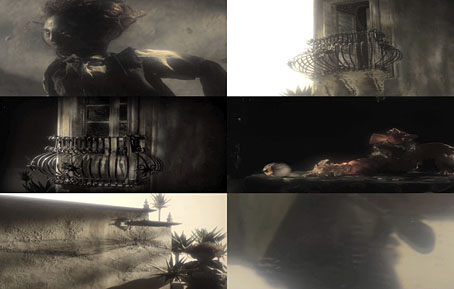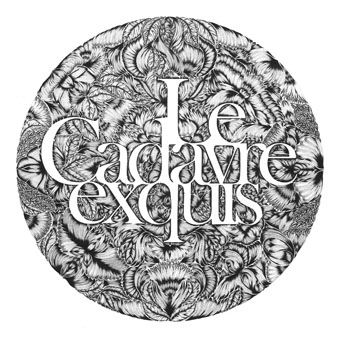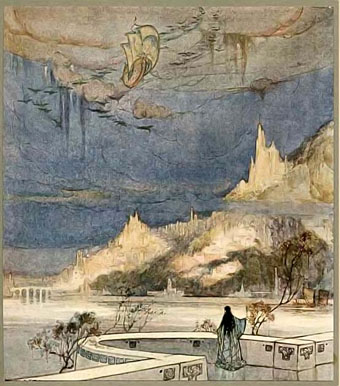Poster by Tadanori Yokoo for The Trip (1967).
• Post of the week is this long-overdue introduction by Warren Hatter to the French rock and electronic music of the 1970s and 80s, a variety of Continental culture which has never commanded the same level of interest in the Anglophone world as its German equivalent. The music made in Germany in the 1970s became popular in Britain thanks to record labels UA and Virgin, and support from enthusiasts like John Peel, but the label “Krautrock” demonstrates how even a favourable form could be promoted in a manner not much better than a tabloid slur. French underground music, as Hatter notes, was never recognised enough to be explicitly labelled although the term “Eurorock” was common for a while in the UK music press, useful for avoiding the slurs while also ignoring national boundaries. Now that German music of the period has been thoroughly explored, resurrected and plundered, more attention may be given to the musicians across la Manche.
Related: Eurock, the long-running distributor/publisher/website/podcast; David Elliott’s Neumusik fanzine, 1979–82; Richard Pinhas: Electronique Guerilla – A Profile by Tony Mitchell; and (linked here before) a Discogs list, French Underground Rock—1967/1980.
• More music: The Flower Called Nowhere, a previously unreleased instrumental version by Stereolab, and Midsummer’s Queen by Meadowsilver.
• Hard Time for the Hardcore: Nick Pinkerton on the pleasure of long feature films, and a decent article once you’re past the stupid sub-heading.
• Coming soon from Strange Attractor Press: Bass, Mids, Tops, An Oral History of Sound System Culture by Joe Muggs & Brian David Stevens.
• Anthony Quinn reviews It Gets Me Home, This Curving Track, Ian Penman’s collection of music essays.
• Bajo el Sigo de Libra on the art of Touko Valio Laaksonen, better known as Tom of Finland.
• Territory of Dreams: Becca Rothfeld on the world of Bruno Schulz.
• Mix of the week: XLR8R Podcast 601 by Sa Pa.
• RIP Richard Williams, master animator.
• A trailer for The Trip. RIP Peter Fonda.
• The Trip (1966) by Donovan | Trippin’ Out (1967) by Something Wild | The Trip (1968) by Park Avenue Playground



